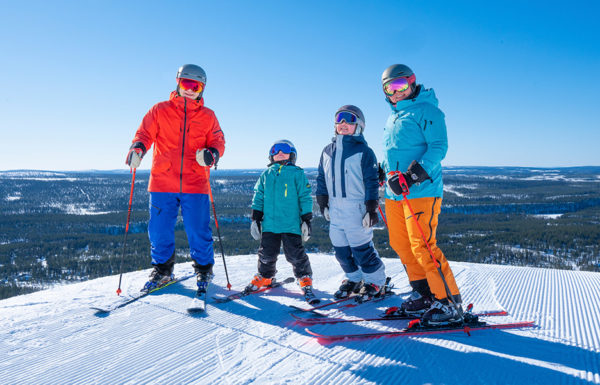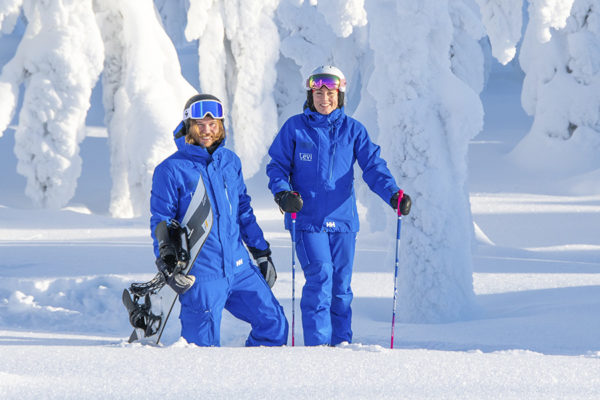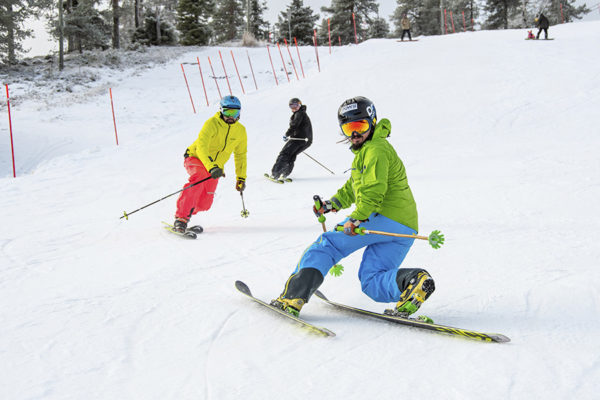Occupational Safety and Health Act
https://finlex.fi/en/laki/kaannokset/2002/en20020738_20210755.pdf
Occupational safety is regulated by law. The purpose of the Occupational Safety and Health Act is to improve the working environment and working conditions in order to safeguard and maintain employees’ ability to work, to prevent accidents at work, occupational diseases and other harm to the physical and mental health of employees caused by work and the working environment (hereinafter health).
The employer is obliged to take care of the safety and health of employees at work (section 8, Employers’ general duty to exercise care). Employers shall consider the circumstances related to the work, working conditions and other aspects of the working environment as well as the employees’ personal abilities.
Employers shall design and select the measures necessary for improving the working conditions as well as decide the extent of the measures and put them into practice. Accordingly, the following principles shall be observed to the extent possible:
1) preventing the creation of hazards and risk factors;
2) eliminating the hazards and risk factors or, if this is not possible, selecting a less hazardous or harmful alternative;
3) adopting safety measures which have a general impact before individual measures; and
4) taking into account technological developments and other available means.
Employers shall continuously monitor the working environment, the state of the workplace community and the safety of the work practices. Employers shall also monitor the impact of the measures put into practice on safety and health at work.
Employers shall ensure that safety and health measures are taken into account in an appropriate manner in the operation of each part of their organizations.
Occupational safety is cooperation, and thus the employee also has obligations under the law (section 18, Employees’ general obligations).
Employees shall follow, within their competence, the orders and instructions given by the employer. Employees shall even otherwise observe such order and cleanliness as well as care and caution that is necessary for maintaining safety and health necessitated by the work and working conditions.
Employees shall also take care of both their own and their fellow employees’ safety and health.
Employees shall avoid such harassment and other inappropriate treatment of other employees in the workplace that cause risk or hazard to their safety or health.
Employees shall, with care and according to instructions, use and look after the personal protective equipment and other equipment the employer has provided them. Employees shall wear in their work such appropriate clothing that does not cause a risk of injury.
Employees shall use machinery, work equipment and other devices as well as their incorporated safety devices and guards correctly. Employees shall follow safety instructions when using and handling hazardous substances.
Safety devices or guards installed in machinery, work equipment or other device or a building may not be removed or disconnected without a special reason. If employees, for work purposes, are obligated to temporarily remove a safety device or guard, they shall restore or reconnect it as soon as possible.
A good and functional work community
A good and functional work community promotes well-being and safety at work. Every member of the work community has the right to an equal, fair and supportive workplace.
Open and functional interaction in the work community plays a key role. Co-workers support each other and share their knowledge for common use. With a free and confidence-inspiring workplace, everyone feels accepted and welcome as a co-worker.
The manager should be in constant communication with their team to remain aware of the circumstances and possible challenges of daily work. However, a good workplace is the responsibility of every employee. Each employee influences the workplace with their attitude, motivation and cooperation and interaction skills.
Work, how it is developed, and the problems therein must be possible to discuss openly in the work community. Any disagreements at the workplace must be resolved without delay.
Ways to promote a functioning work community
- communicate clear practices and responsibilities
- communicate clear work processes
- provide an open atmosphere for discussion
- provide the possibility for one-on-one confidential talks
- foster co-development
- bring up and settle disagreements in a timely manner
Responsibility and cooperation regarding occupational health and safety
Occupational safety is a collaborative effort involving everyone working at ski resorts. To promote occupational safety and well-being, it is important that the employer and employees cooperate.
Occupational health and safety issues are the responsibility of everyone in the work community, but the responsibility and decision-making authority for the measures to be taken lies with the employer. The legislation defines the general and cooperative obligations of the employer and the employee. The Occupational Safety and Health Act obliges them to jointly maintain and develop occupational safety and health at work.
Issues regarding occupational safety and health cooperation and their handling by the employer, employees, and their representatives are provided for in the Occupational Safety and Health Control Act.
In occupational safety cooperation, the employer is represented by the occupational safety manager, who is appointed by the employer, unless the employer personally acts as the occupational safety manager. In workplaces with at least 10 employees, the personnel shall elect an occupational safety representative and two deputy delegates to represent them.
In addition, a health and safety committee must be set up in workplaces with at least 20 regular employees. The employer and employees are represented on the occupational health and safety committee.
Managers are responsible for practical occupational safety issues. A matter concerning an individual employee or a group of employees is dealt with between that employee and their supervisor. The occupational safety representative can participate in the process. Occupational safety and health issues concerning a wider group of employees and the workplace are discussed with the occupational health and safety representative and the occupational health and safety manager, and in workplaces of more than 20 employees, by the occupational health and safety committee.
Employees are obliged to comply with regulations and instructions related to occupational safety. These will be described during the orientation process and subsequently as necessary. All employees are responsible for ensuring that their actions or neglect do not endanger themselves or their co-workers and pose no health risk. If an employee identifies a hazard or risk factor, it must immediately be reported to their supervisor.
The employer must have an occupational health and safety program, in which the company’s occupational safety and health objectives and cooperation arrangements are recorded.
Occupational health care
Occupational health care promotes safe and healthy work and prevents health hazards, work-related illnesses and accidents.
The Occupational Health Care Act obliges the employer to arrange occupational health care when they have one or more employee, regardless of the hours worked or the duration of the employment relationship.
Statutory occupational health care focuses on the prevention of health hazards and harm caused by work and working conditions. The aim is to promote and maintain the health, working capacity and safety of employees.
Statutory occupational health care does not include medical care, but the employer has the possibility to provide general practitioner-level medical care.















